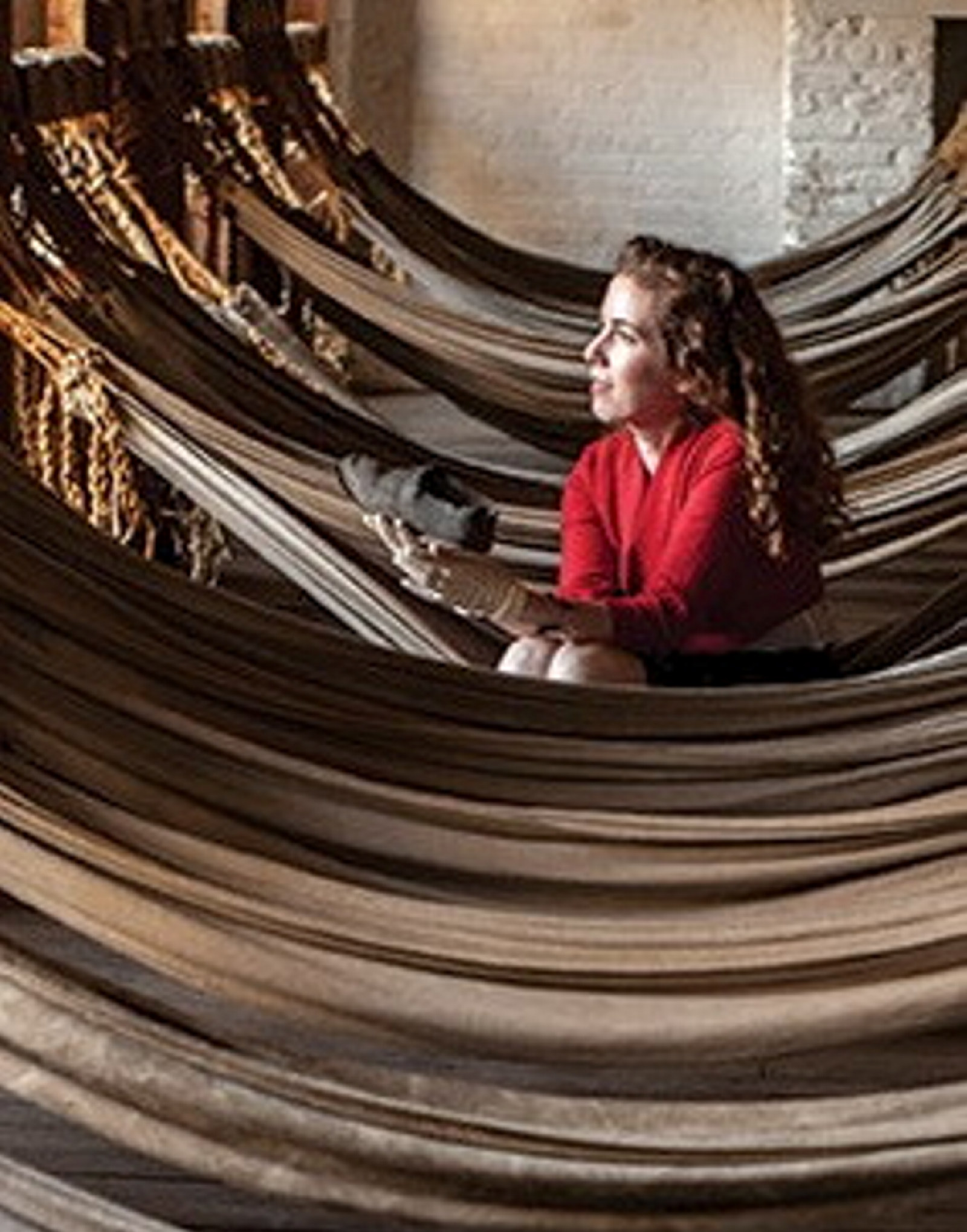William Grady
‘Flash’ man, robber, adventurer, William Grady arrived 1822 on Asia.
Being connected with a notorious gang of London criminals known as the West End Mayfair Gang, or the ‘Terror of the Metropolis’, 16-year-old William Grady1 was more than likely to end up being transported ‘beyond the seas’.
Having fallen in with the wrong crowd, Grady had been called up for ‘violent theft’, ‘highway robbery’ and burglary, using the devious tactic of distract-steal-run. These bad habits would one day see him living at the Hyde Park Barracks, begging the Governor for his freedom.
After being arrested for the burglary of Lucy Watkin’s grocery shop in 1820, William and his partners in crime were rescued en route to Newgate Gaol by members of his gang. Upon recapture, the court let him off, but the next time he was not so lucky. Tried at the Old Bailey on 24 October 1821, he was sentenced to death for highway robbery. The gang tried again to get him out, but to no avail. A few slow weeks passed in the condemned cells in Newgate Prison, but then Grady was reprieved, his death sentence reduced to transportation for life. As his mates in the London ‘flash’ mob would say, he was lag’d for his wind – banished from his homeland for the term of his natural life.
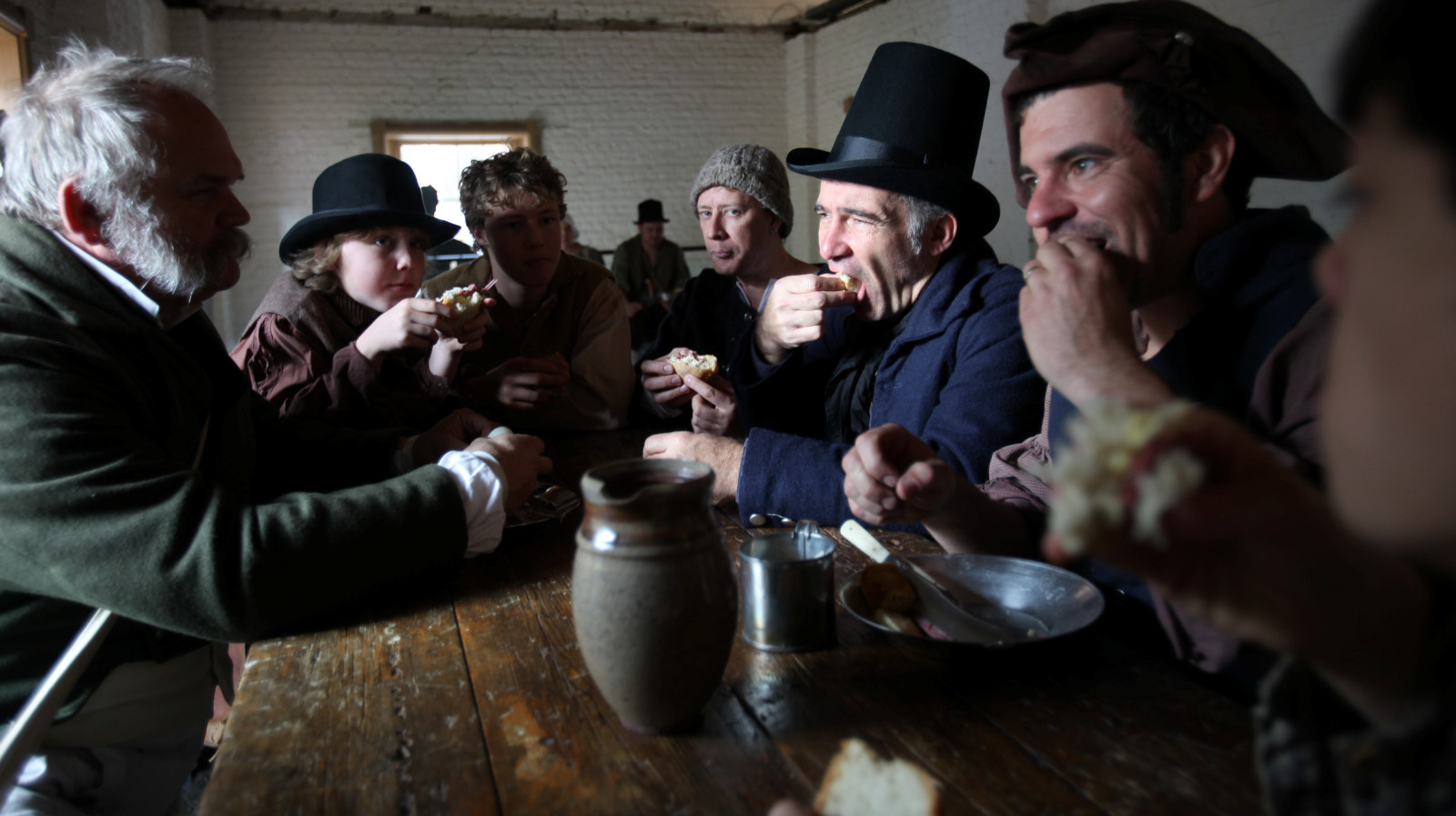
Convict Sydney
What was ‘flash’ language?
Convicts transported to NSW brought a lot of different things with them. In some cases this included their own slang language, called ‘flash’
Spending 111 days at sea in the crowded, caged cells on board the Asia, Grady arrived in Sydney in the winter of 1822. Still a boy, he was delivered to the newly opened Carters’ Barracks at the Brickfields, where he learned to be a wheelwright. Two years later, with his new and useful carpentry skills, Grady volunteered for an adventure – to be one of 29 convicts to accompany John Oxley on his second expedition to Moreton Bay to establish a penal settlement.
Returning to Sydney by ship in 1826, Grady and the other convicts were likely housed at the Hyde Park Barracks, where he was certainly living in 1828. So much for his wheelwright job, though – the census clerk recorded his trade as ‘whitewasher’. Grady was probably one of the men tasked with painting the internal walls of the barracks sleeping wards to keep them fresh and clean. The whitewash mixture that he used was made from ground shells and chalk, and, if he happened to slop any onto his hands, it would have burned and irritated his skin. Between painting sessions, Grady had befriended the barracks clerks and convinced them to write out his letters to petition the Governor for his ticket of leave. It had been promised to him for his valiant efforts in Moreton Bay, but his letters went unanswered.
Grady fell foul of the law again in April 1830, for drunkenness and absconding. The Barracks Bench sentenced him to seven days walking on the treadmill, back at his old stomping ground at Carters’ Barracks. By November, Grady finally received his long-awaited ticket of leave. It noted that he was 5 feet 4 inches tall, with brown hair, a sallow and pock-pitted complexion, and that he had a range of tattoos, including a crucifix, the initials ‘W G’ and a heart of darts on his right arm, and the initials ‘M C’ and a mermaid on his left arm. It would be interesting to know if any of these were inked in the sleeping wards of the Hyde Park Barracks while he awaited his freedom.
Grady finally received a conditional pardon in 1837.
Footnotes
1. Historical information about William Grady’s life was kindly shared by descendant and researcher Colin Grady.
Published on
Convict Sydney
Browse all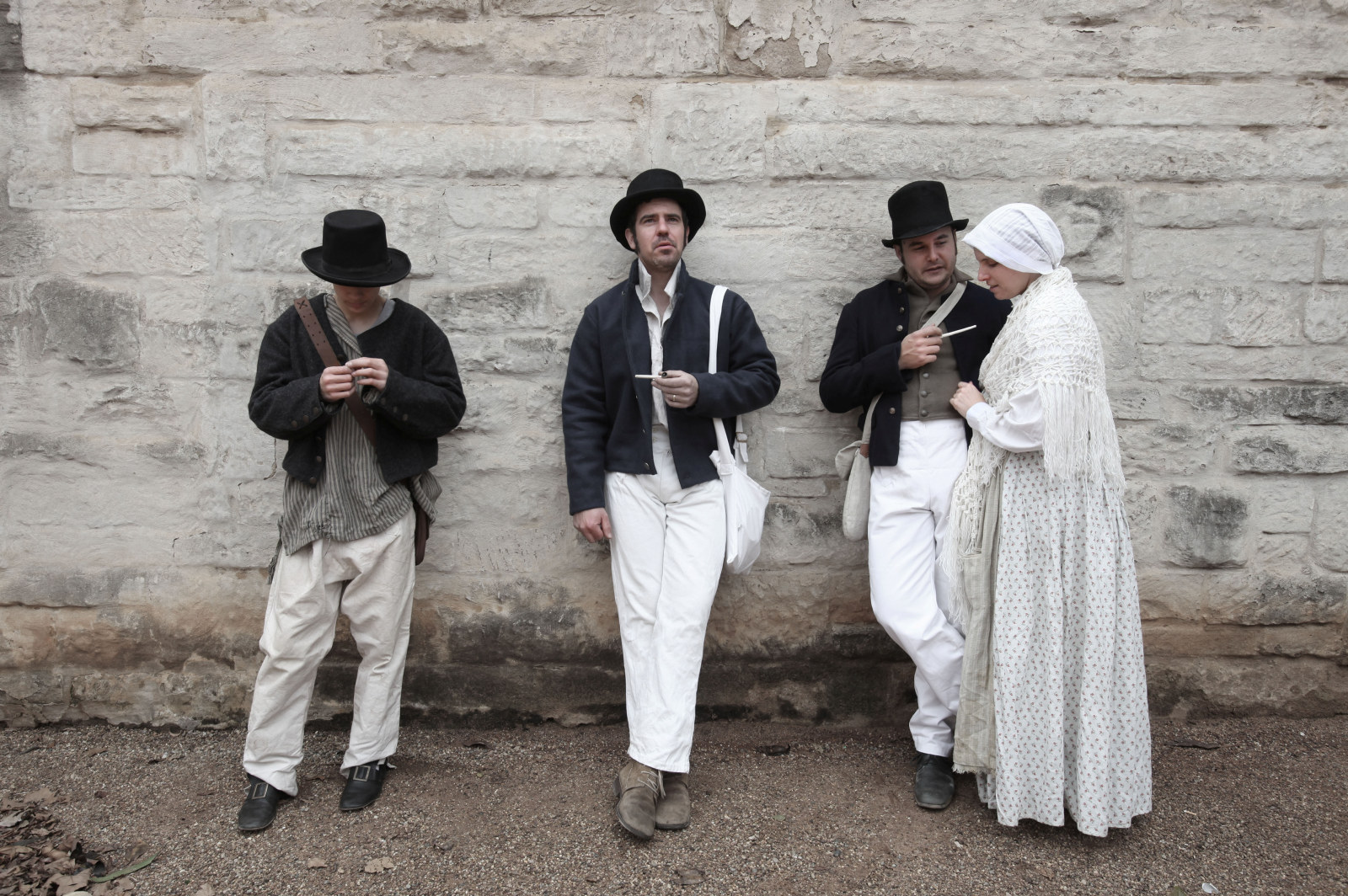
Convict Sydney
1801 - Day in the life of a convict
In the young colony, there was no prisoner’s barrack - the bush and sea were the walls of the convicts’ prison
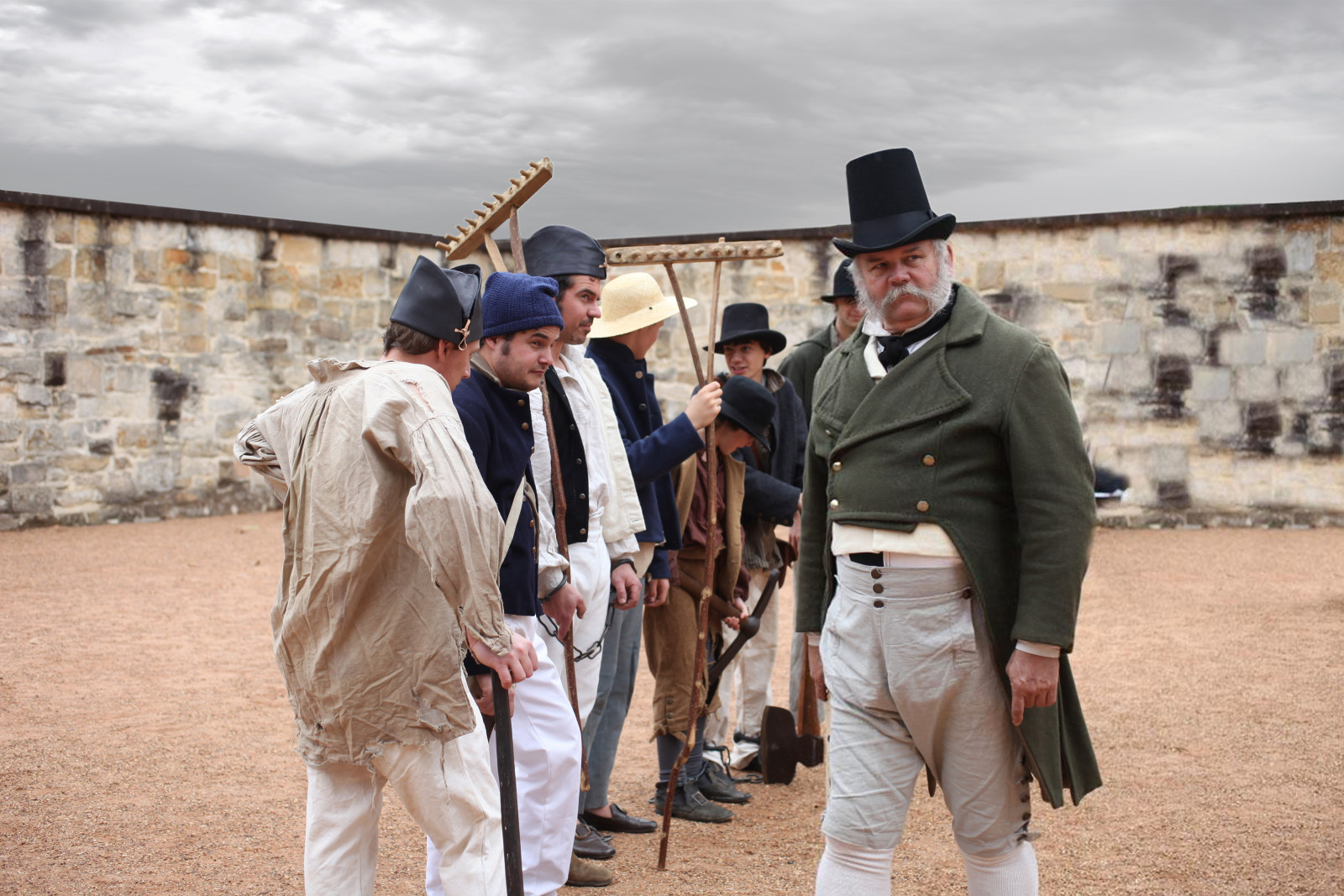
Convict Sydney
1820 - Day in the life of a convict
By 1820 the days of relative freedom for convicts in Sydney were over

Convict Sydney
1826
The hot Sydney summer of 1826 ended with almost 1,000 convicts living at the overcrowded Barracks
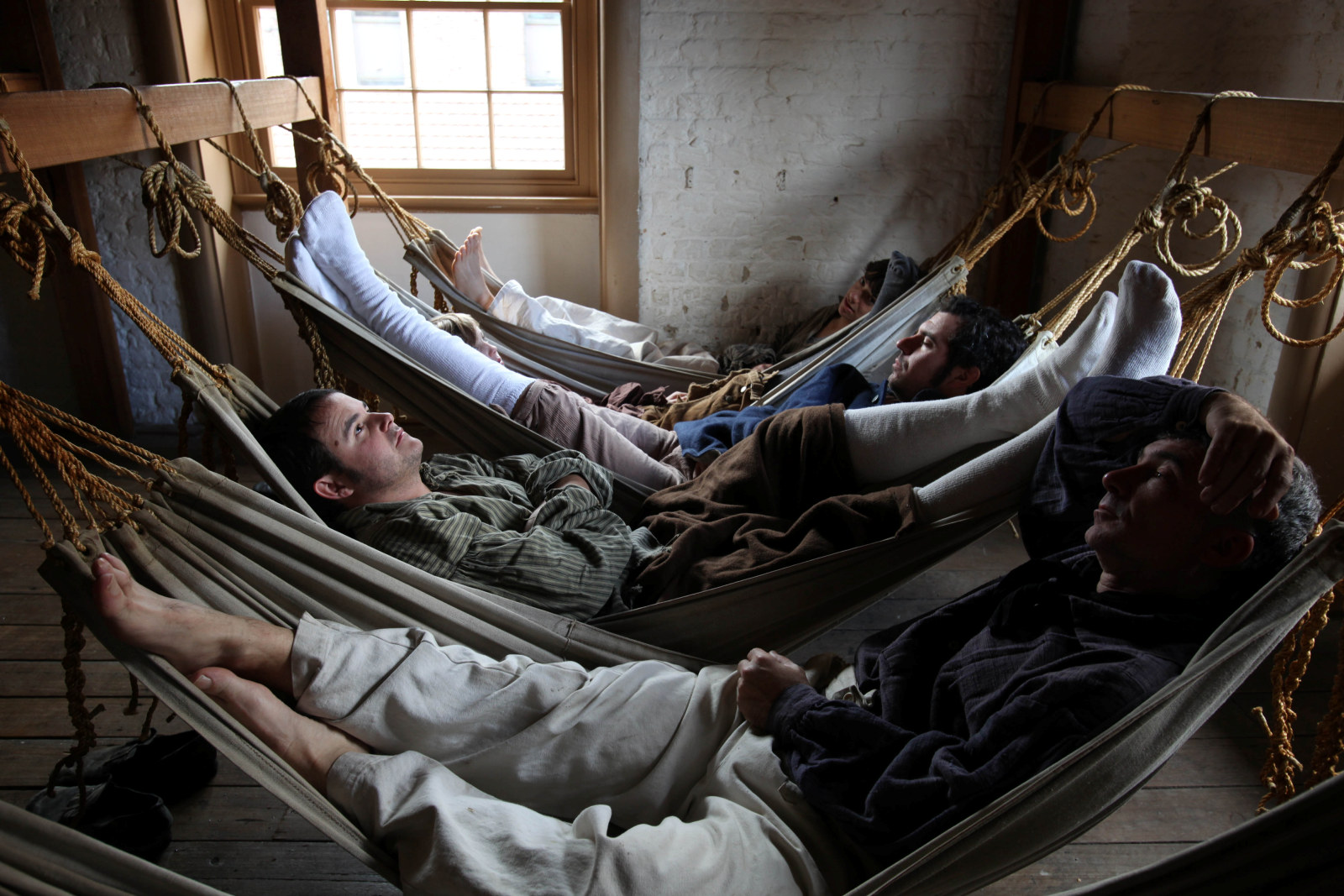
Convict Sydney
1836
By 1836, two-thirds of the convicts in the colony were out working for private masters, and government convicts made up only a small group
